Category: articles
-
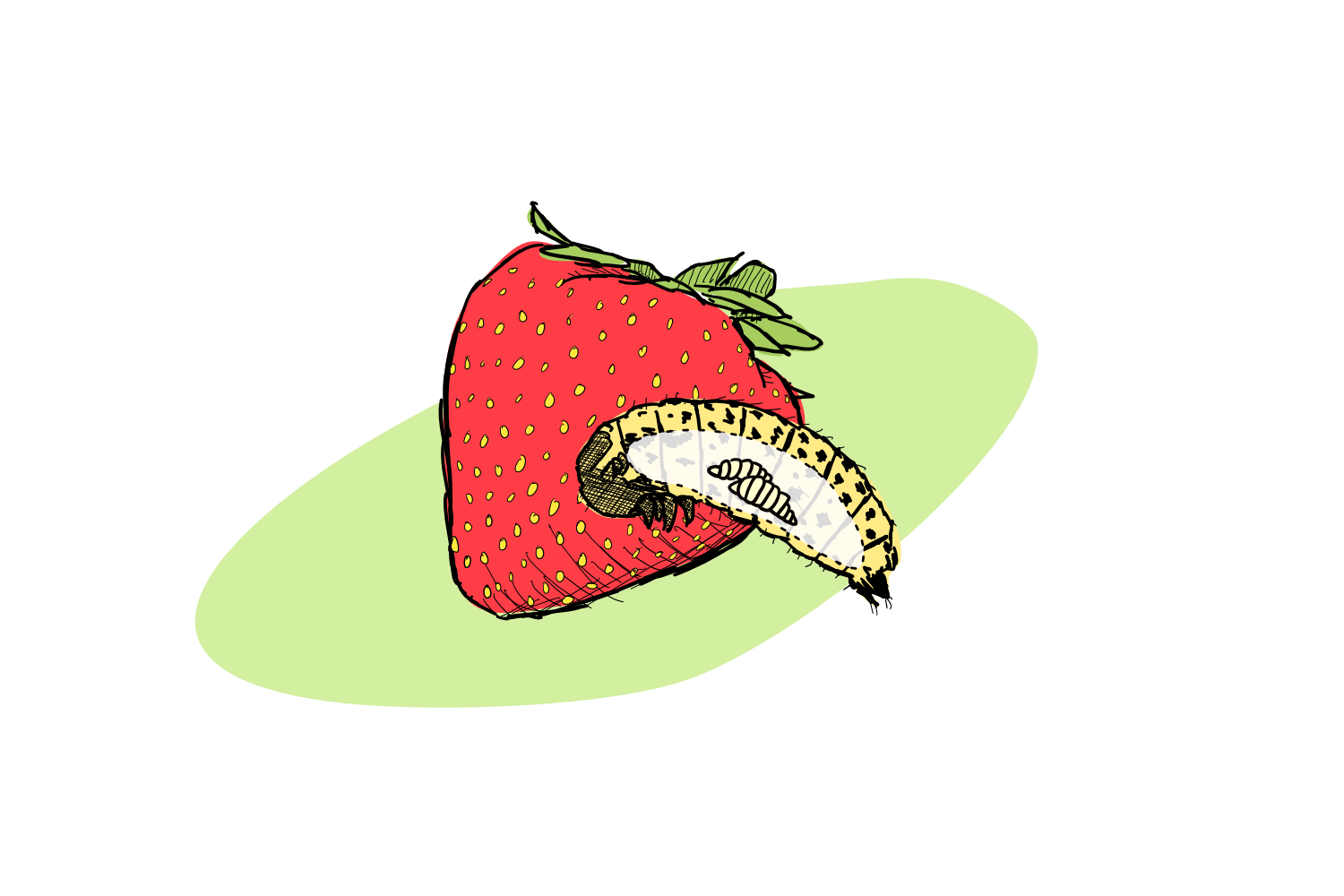
A bug’s life (and/or death)
When under attack from herbivores, plants can’t rely on a speedy getaway. Instead, they use a range of defences, that include the physical (thorns and trichomes) and the chemical (bitter taste or poison). They also take solace in the fact that their herbivorous enemies have enemies of their own….
This is a story with three players. A strawberry, a beetle that wants to destroy it, and the parasitoid wasp that consumes the beetle from the inside out.… Read more
-
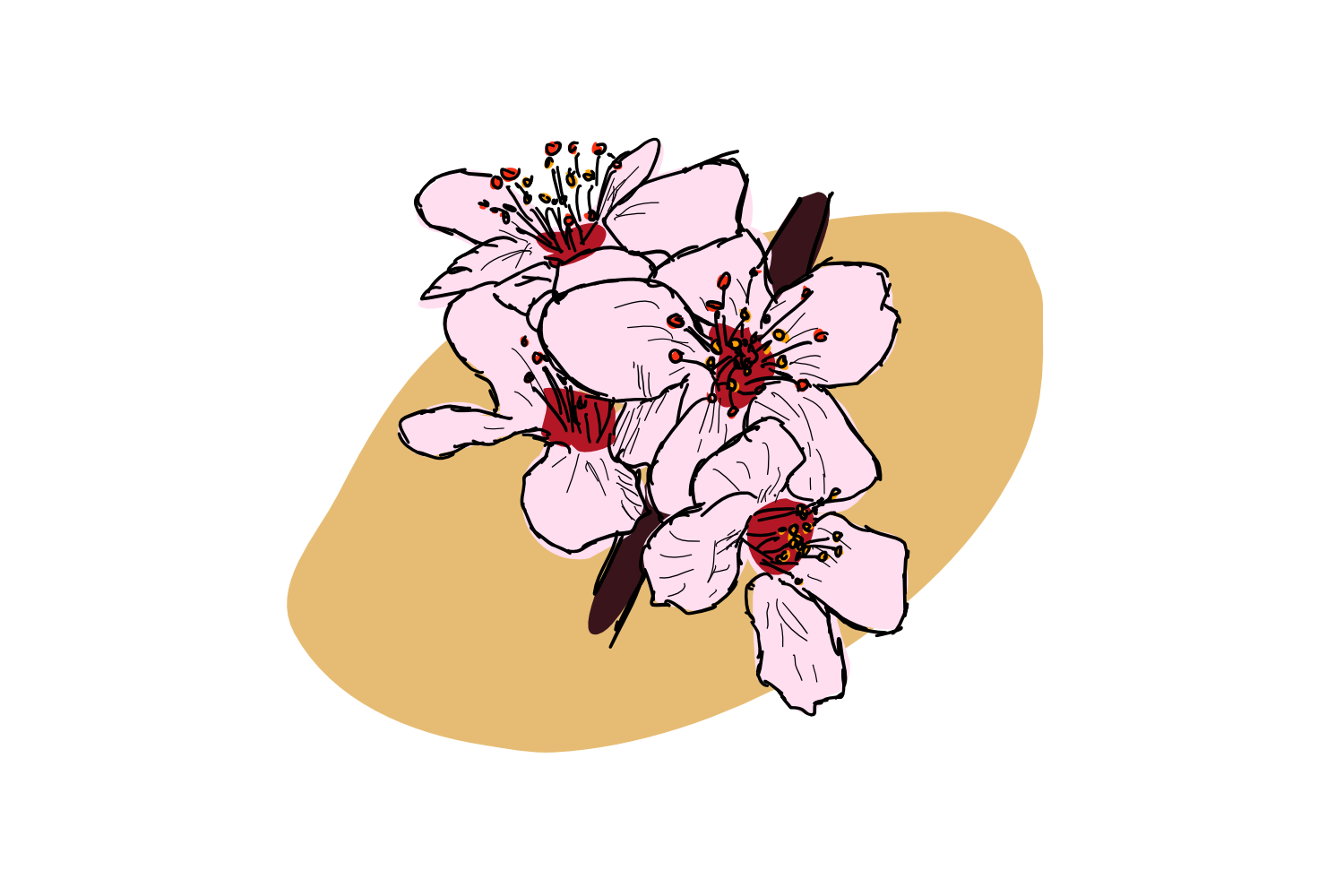
Spring bursts forth…slowly
The arrival of spring often happens quite suddenly: within days, trees can change from bare to bountiful, and the world is filled with flowers!
In a recent publication, Luis Villar and colleagues made a huge step towards understanding the molecular mechanisms that drive floral development in the important crop plant sweet cherry. As well as giving us a deeper understanding of one of the world’s most beautiful natural phenomena, the study also highlights the contrasting importance of both model species research, and that of sometimes focusing beyond our beloved Arabidopsis.… Read more
-
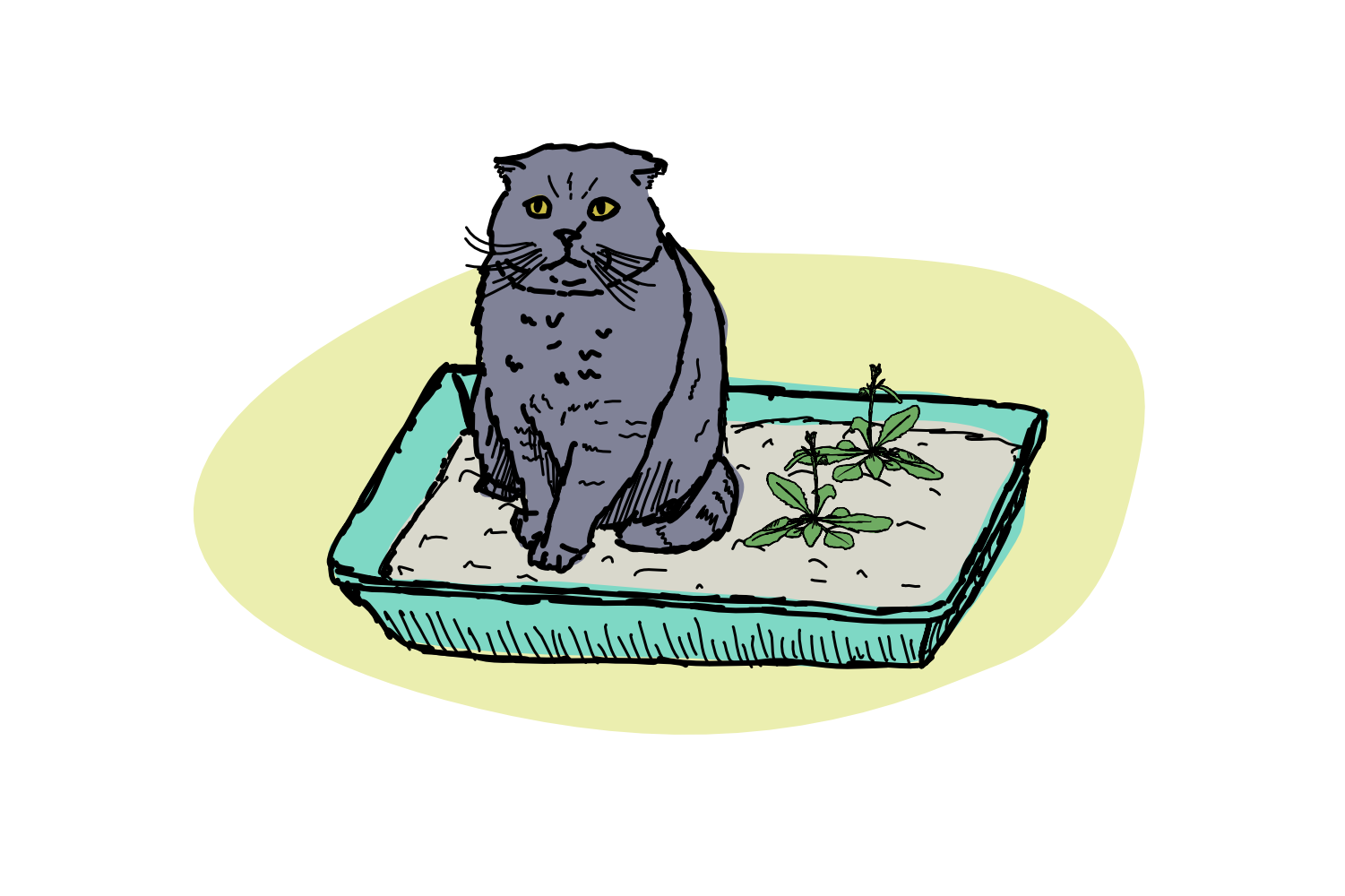
Life in the litterbox
When life gives you lemons, you make lemonade. And when life gives you kitty litter, you make… a new affordable growth system that could make it easier to broaden our understanding of plant-microbe interactions!… Read more
-

Fungal Juice- Keeping Science Simple
In order to help our favourite lab plants and microorganisms grow fast and strong, we aim to provide them with the conditions and nutrients they need. To do so, we often rely on media mixes that are both complex and expensive to make. Now, researchers show that an important fungus species, that acts as a model for plant-fungal symbiosis, can be grown better than before on a very simple diet that contains just two ingredients. And one of them can be found at your local store.… Read more
-
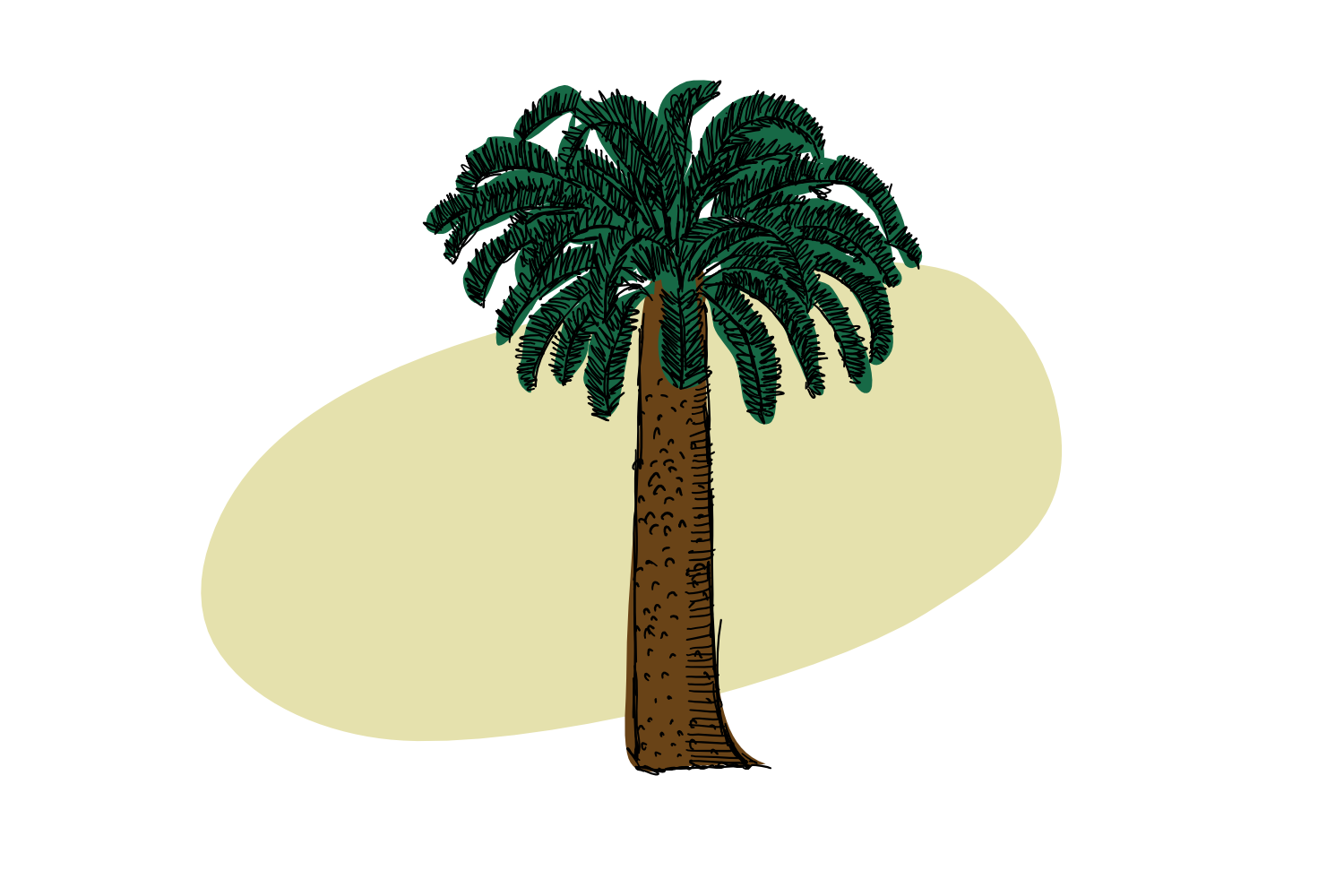
The Isolated Cycad
Encephalartos woodii is a cycad. And Encephalartos woodii is alone.… Read more
-
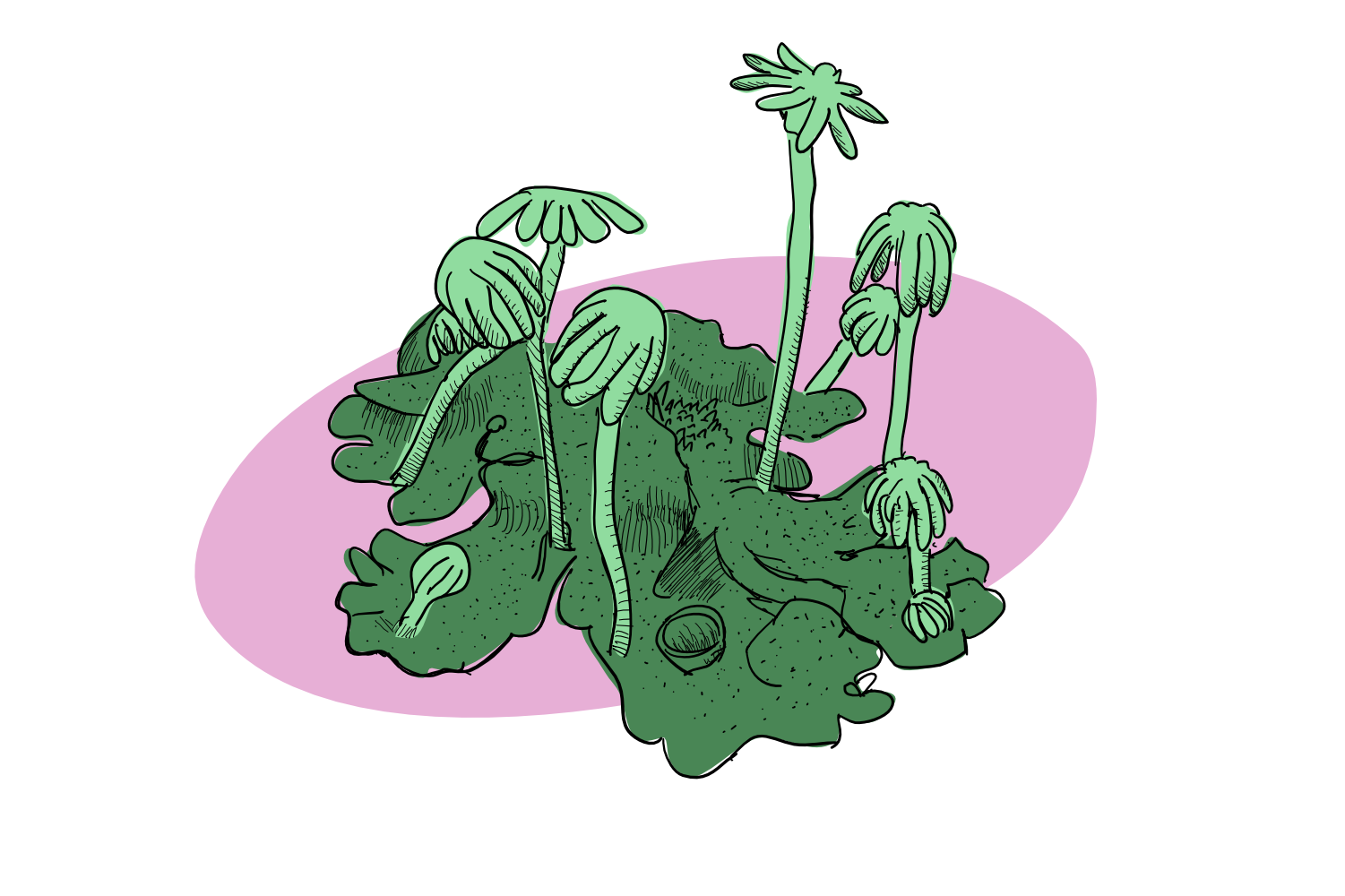
How a broken growth chamber led to the discovery of a new regulatory pathway
Serendipitous discoveries are my favourite reoccurring tale in biological research. You may have heard about Alexander Fleming, the 20th century microbiologist who left some bacteria on open plates with growth medium overnight only to find them in the morning being killed by a strange fungus. Thus Penicillium (and its product penicillin) was discovered.… Read more
-
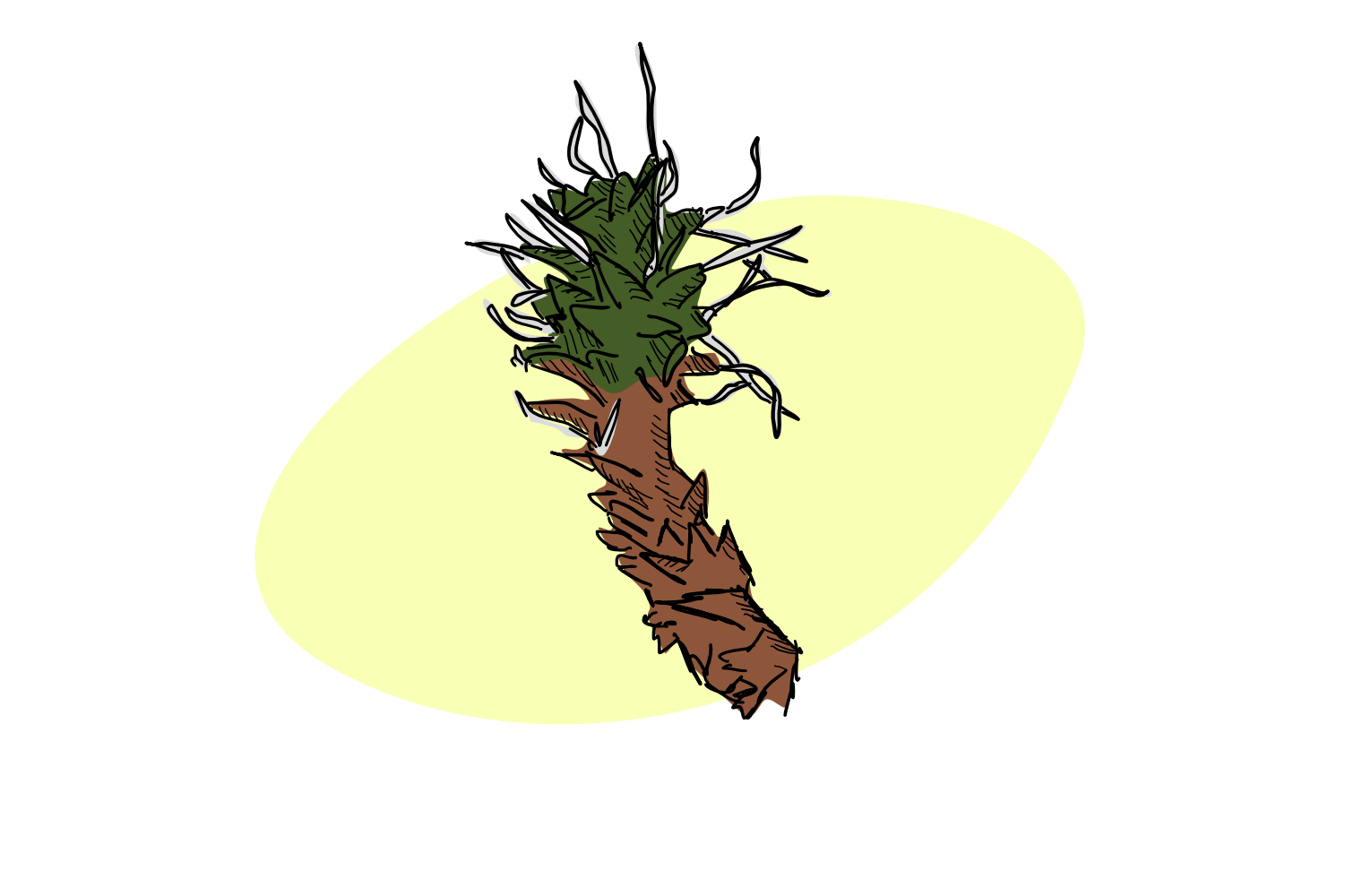
Moss of the desert
aka- ‘Making the moss’t of the rain’
Syntrichia caninervis is a moss. Personally, when I think of mosses, I mostly tend to picture them clinging to the moist side of a tree, or snuggling in amongst the undergrowth. You know, kind of damp and earthy places.
But unlike whatever-that-moss-that-is-growing-all-over-my-back-patio-is, Syntrichia caninervis is not found primarily in a overwatered and underloved boggy English garden. Instead, it’s found across the North – including the the Mojave desert in the US, and the Gurbantünggüt Desert of Northwestern China.… Read more
-
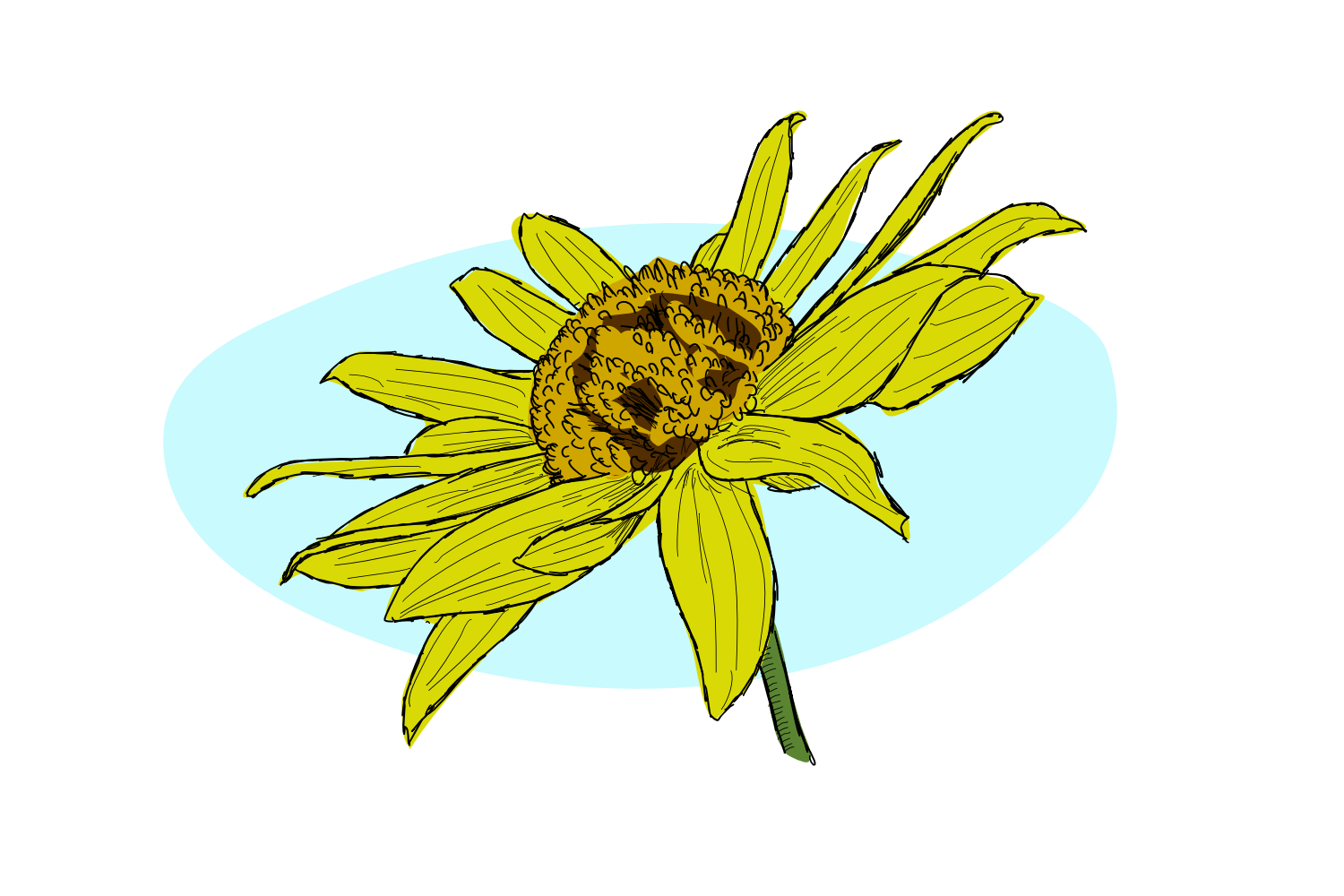
Appreciating the Sun
According to the ever-wise wikipedia, today- the second Friday of March- is ‘Solar Appreciation Day’.
There doesn’t seems to be much information about this one around, beyond the fact that the day is suppose to highlight the possibility of using Solar energy, and other renewable energy sources, to power this planet. Which generally seems like a pretty good idea.
Of course, we tend to be a little obsessive with our own planty narrative, so when we think of appreciating the sun, we tend to go straight back to our green friends.… Read more
-
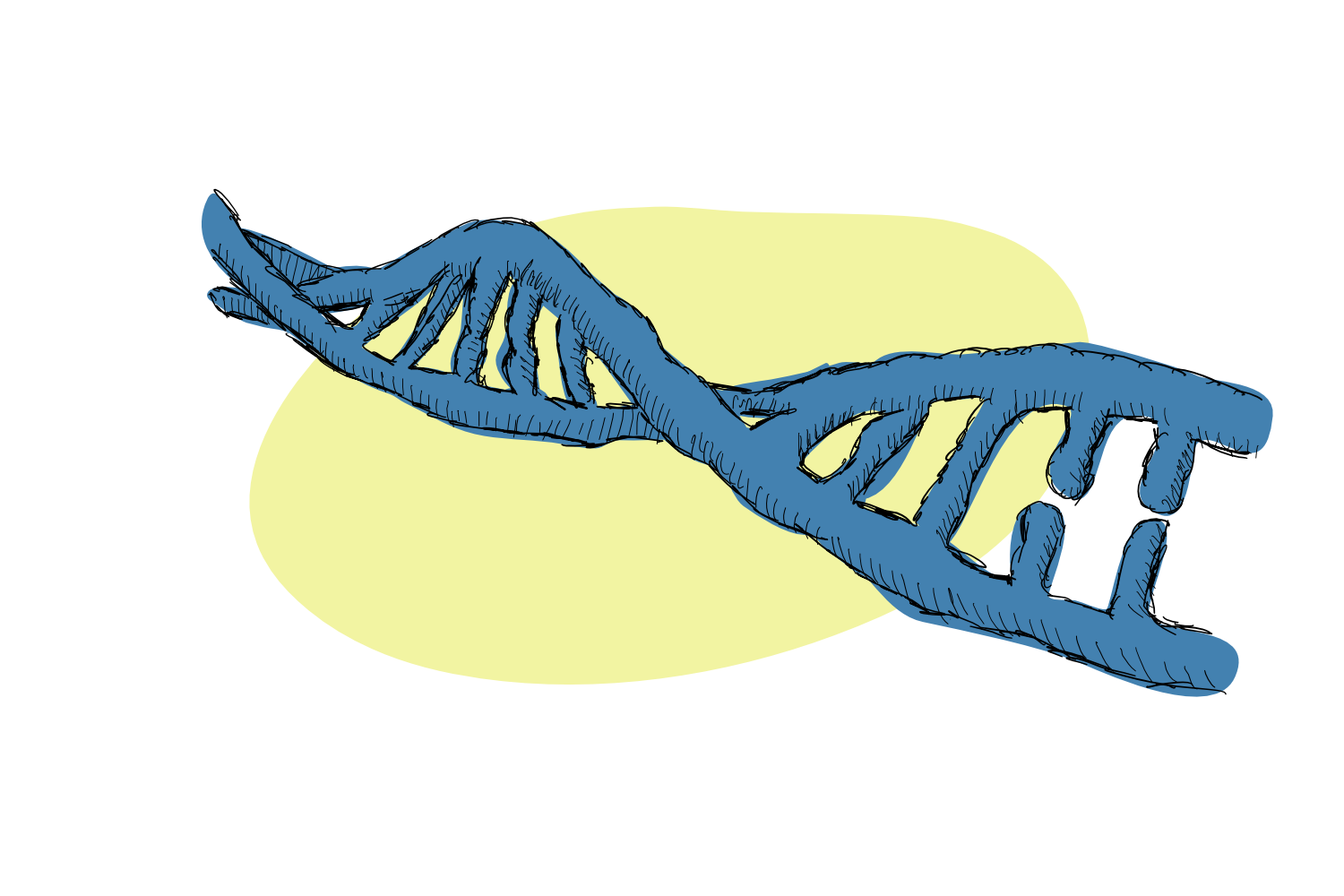
DNA sequencing – The Methods that Made us
Every living thing depends on the information stored in its genetic material. DNA, the code passed down through generations and geological time, defines an organism. Within individual cells, DNA is transcribed into RNA, that is then translated to busy proteins: DNA is the starting block for cellular development and activity!
Furthermore, the genetic information of every being also tells the story of its evolution, its relatives and its adaptation to the environment.
It’s no wonder that scientists longed to decode the secrets of the DNA sequence ever since its discovery. … Read more
-

Happy Women’s Day
We wanted to wish everyone a Happy Women’s Day, 2020.… Read more